Exploring how to open PDF in Figma reveals a world where design meets functionality, offering a seamless way to incorporate PDFs into your projects. As we navigate the intricacies of this process, discover the pivotal role of UPDF in enhancing your workflow. Dive deeper into our guide for insightful tips and ensure your designs stand out. Embrace the power of UPDF in your creative journey; download it today and transform your PDFs into Figma-ready formats.
Windows • macOS • iOS • Android 100% secure
Part 1. Exploring Various Methods to Open PDFs in Figma
Let's delve into the practicalities of Figma, a versatile design tool that has revolutionized how we approach digital projects. Specifically, we'll explore the multifaceted process of opening PDF files in Figma for various purposes. Whether you're looking to inject a PDF's content into your design workflow, edit elements for a presentation, or collaborate on a document, Figma offers a gateway to enhance and streamline these tasks. Join us as we uncover the different ways to open PDFs in Figma, unlocking new possibilities for designers and teams alike.
Method 1: Using "pdf.to.design" Plugin
The pdf.to.design plugin offers a compelling solution for Figma users looking to incorporate PDF content into their design projects. This method stands out for its ability to transform PDFs into editable components or static images within Figma, opening up a wealth of possibilities for design and collaboration. Here's a simplified guide on how to utilize this plugin effectively:
- Activate the pdf.to.design plugin within Figma.
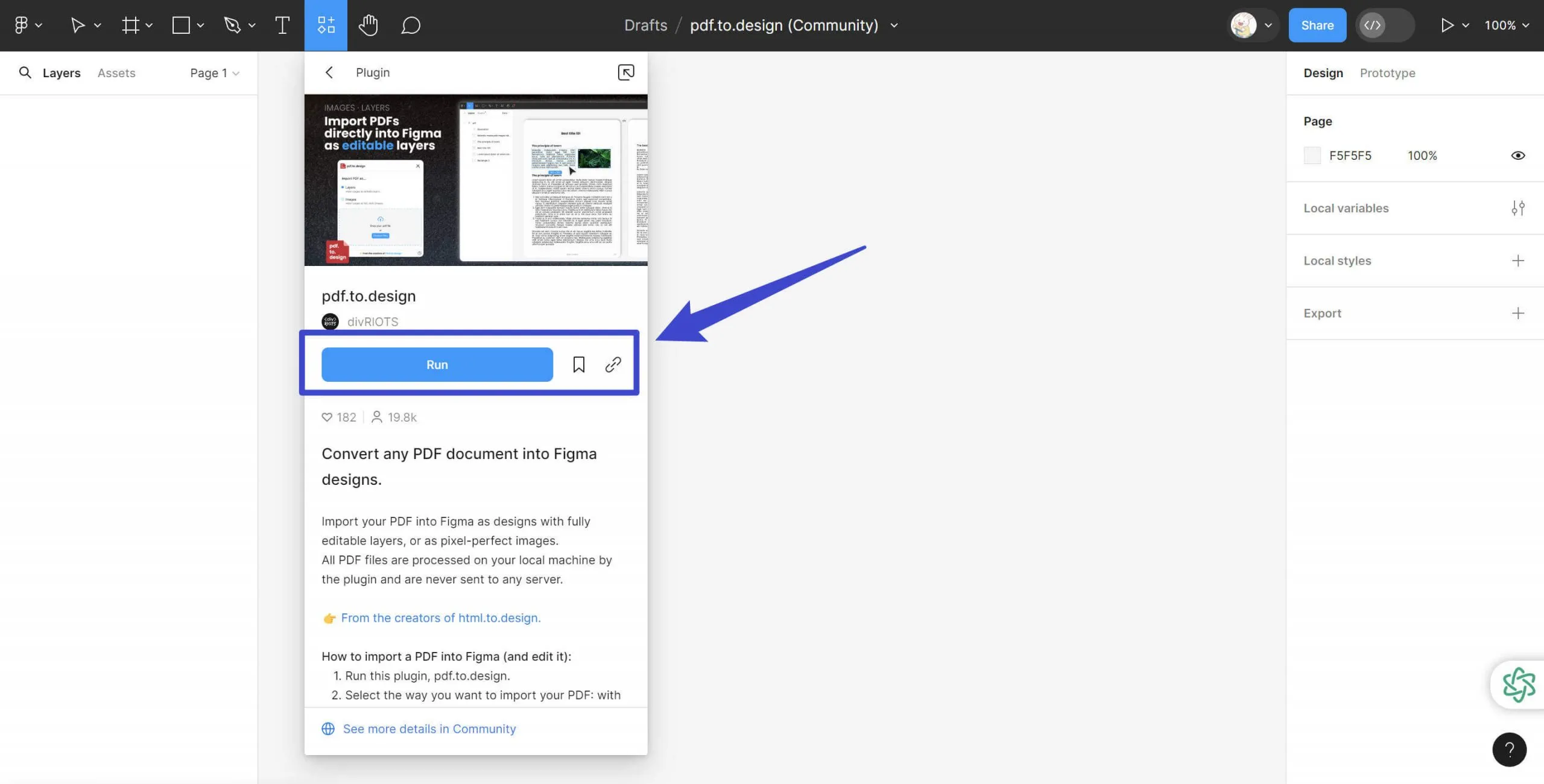
- Choose whether to import your PDF as editable layers for detailed manipulation or as static images for straightforward use.
- Simply drag and drop your PDF file(s) into the designated area of the plugin interface.
- Wait a few seconds, and your PDF will appear in Figma, ready for use.
Cons:
- It's important to note the limitations. While pdf.to.design is powerful, the fidelity of the converted PDF may vary, especially with complex documents. Editable layers might not always perfectly match the original formatting, and there could be constraints related to the PDF's original security settings or embedded content. Despite these considerations, the plugin remains a robust option for designers seeking to bridge the gap between PDF documents and Figma's dynamic design environment.
To navigate around the limitations encountered with pdf.to.design in Figma, consider leveraging UPDF. This versatile tool can enhance the clarity and editability of PDFs before they're imported into Figma, ensuring a smoother transition and higher fidelity of the original document. Explore UPDF for a comprehensive solution to your PDF preparation needs, and take the first step towards seamless design integration by downloading UPDF today.
Windows • macOS • iOS • Android 100% secure
Method 2: Using "PDF to Figma" Plugin
The "PDF to Figma" plugin presents an alternative method for integrating PDFs into your Figma workflow, focusing on simplicity and ease of use for users who need to preview PDF content or import it as an image. This approach is particularly useful for designers looking to use PDFs as reference material or as a visual element within their designs. Here's a streamlined process for utilizing this plugin:
- Access the "PDF to Figma" plugin from within Figma.
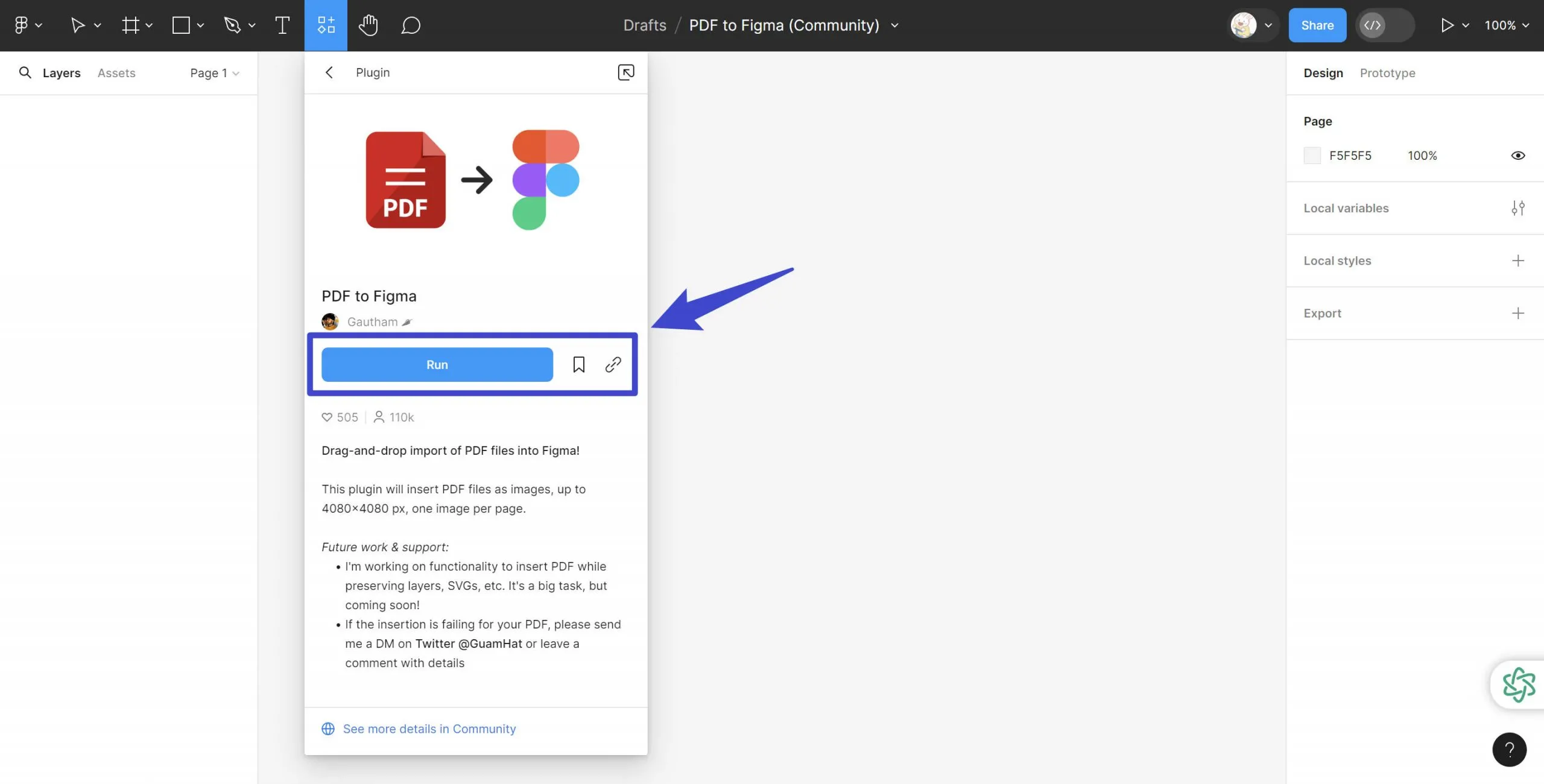
- Opt to open your PDF for a quick preview or to import it directly into Figma as an image.
- Follow the plugin instructions to upload your PDF file, which will then be processed and added to your Figma project.
Cons:
- It's important to acknowledge the limitations of this approach. Since the PDF is imported as an image, you lose the ability to edit text or individual elements directly within Figma. This can restrict the versatility of your design process, especially for projects requiring intricate adjustments to the original PDF content.
Part 2. Refining your PDF without Opening it in Figma
Transitioning from the discussion on direct PDF importation and editing within Figma, we now explore an alternative route. This next section sheds light on UPDF as an alternative method to edit or redesign PDF documents without the need to open them in Figma, offering a streamlined approach for those looking to refine their files ahead of integration. This method not only enhances efficiency but also ensures your documents are primed for any creative process.
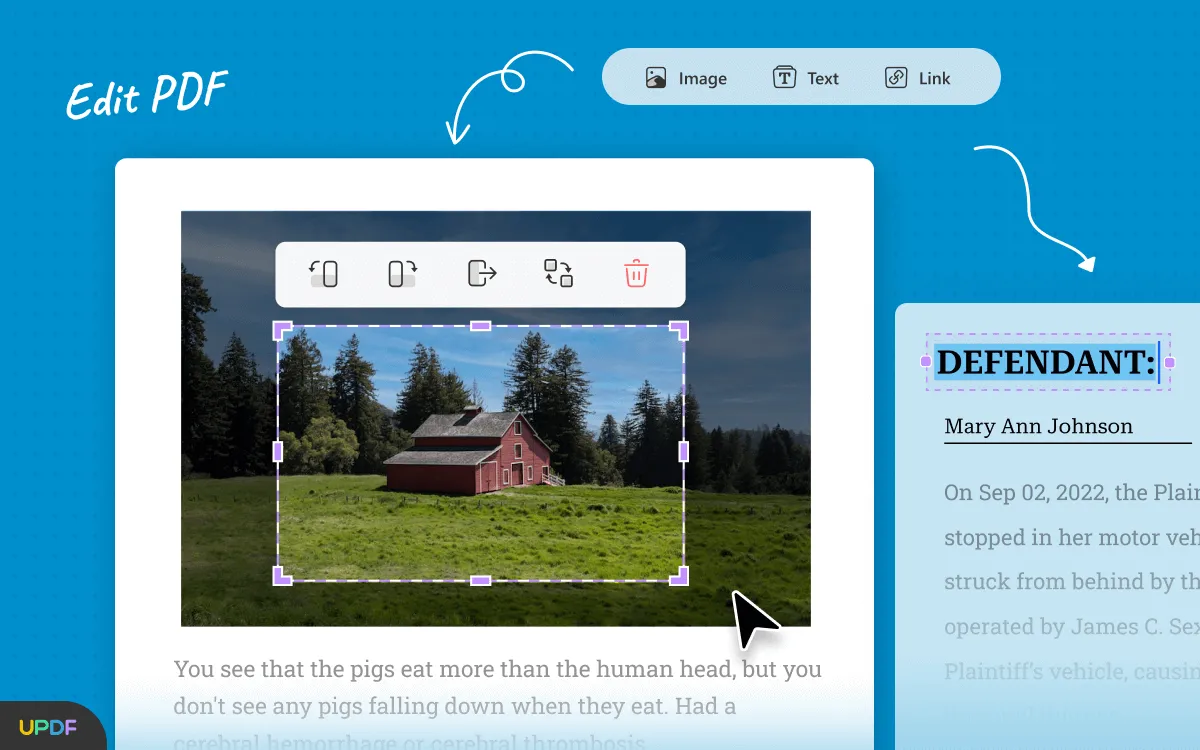
Here are UPDF's main features:
- Edit PDF: UPDF allows you to edit text and images in your PDFs as easily as you would in a Word document.
- UPDF AI: UPDF's AI capabilities enable you to summarize long PDF contents, translate them into different languages, and provide explanations for better understanding.
- Convert PDFs: Quickly and accurately convert PDFs to and from various formats like Word, Excel, and more, maintaining the original layout and format integrity.
- OCR PDF: The advanced OCR feature in UPDF can recognize text in scanned PDFs across 38 languages, making your documents editable and searchable.
- Batch PDF: Insert a single PDF into multiple files collectively without quality loss.
- Organize PDF: Efficiently manage your PDF pages by extracting, splitting, rotating, reordering, or adding new pages.
- Compress PDFs: Decrease the file size of your PDFs without compromising quality.
- View PDF: Improve your PDF readability with multiple layouts, including single-page view, two-page view, scrolling, or two-page scrolling.
- Annotate PDFs: UPDF offers extensive annotation tools, including highlights, text boxes, attachments, and shapes, for an intuitive reading and editing experience.
- Fill and Sign: Design and add electronic signatures to your PDFs.
- UPDF Cloud: With the power of cloud computing, you can view your PDF from any device.
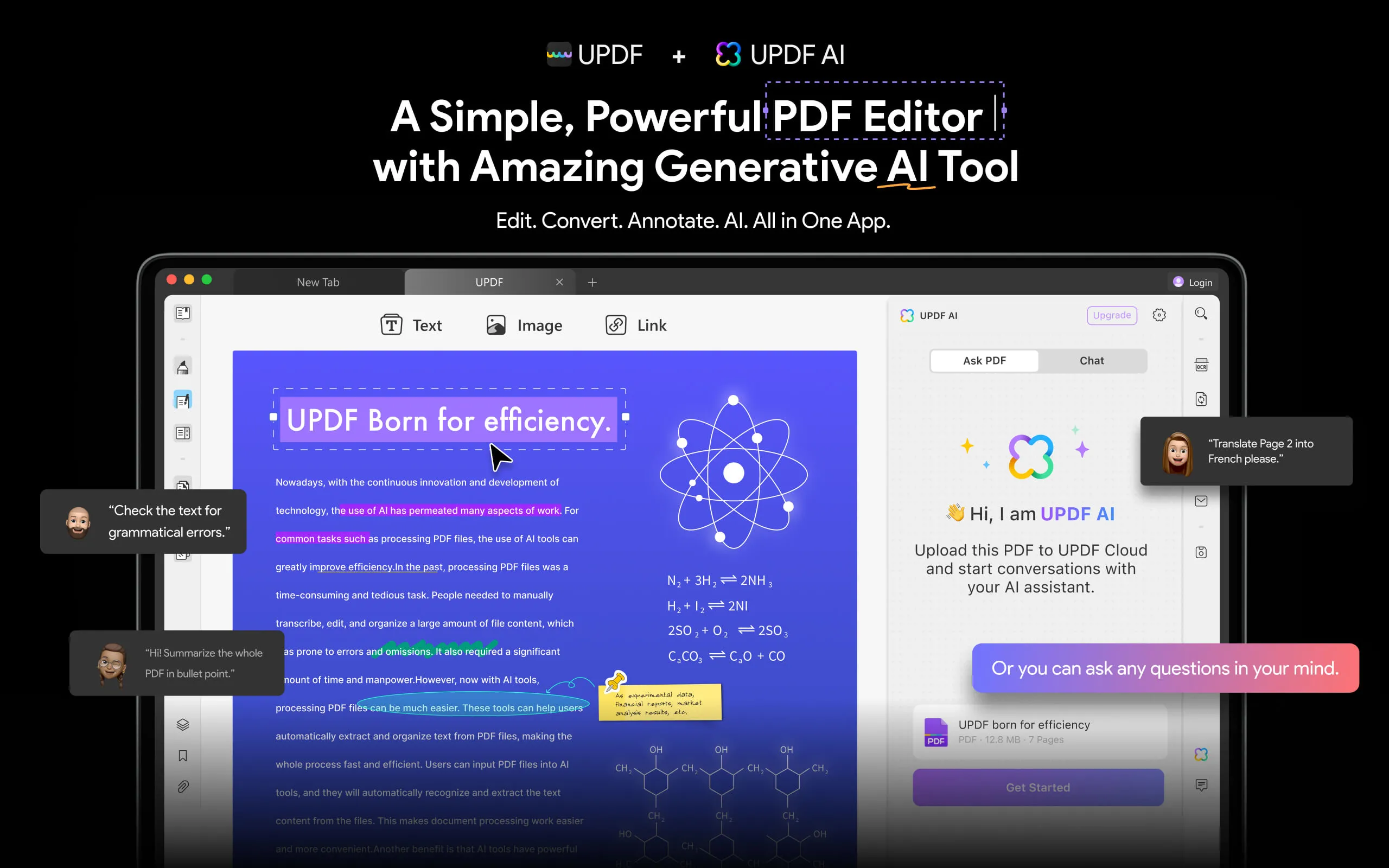
For those seeking a seamless way to edit or redesign PDFs before bringing them into Figma, UPDF offers an elegant solution. With its easy to use interface and robust editing tools, UPDF allows you to effortlessly modify text, images, and more, ensuring your PDFs are perfectly tailored to your design needs. Don't let the limitations of direct editing in Figma hold back your creativity. Take control of your PDFs and elevate your design workflow by downloading UPDF today. Experience the difference of optimized PDFs in your next Figma project.
Windows • macOS • iOS • Android 100% secure
Editing PDF text and images with UPDF is a simple process designed to enhance your productivity. Here are the simplified steps to get started:
First, you have to launch UPDF and open the PDF file you wish to edit by clicking on the "Open File" button.
1. Edit Text:
- Navigate to the "Text" edit tool in the toolbar
- Click on any text to start editing. You can insert, delete, or modify the text as needed.
- Adjust font type, size, and color to match your document's design.
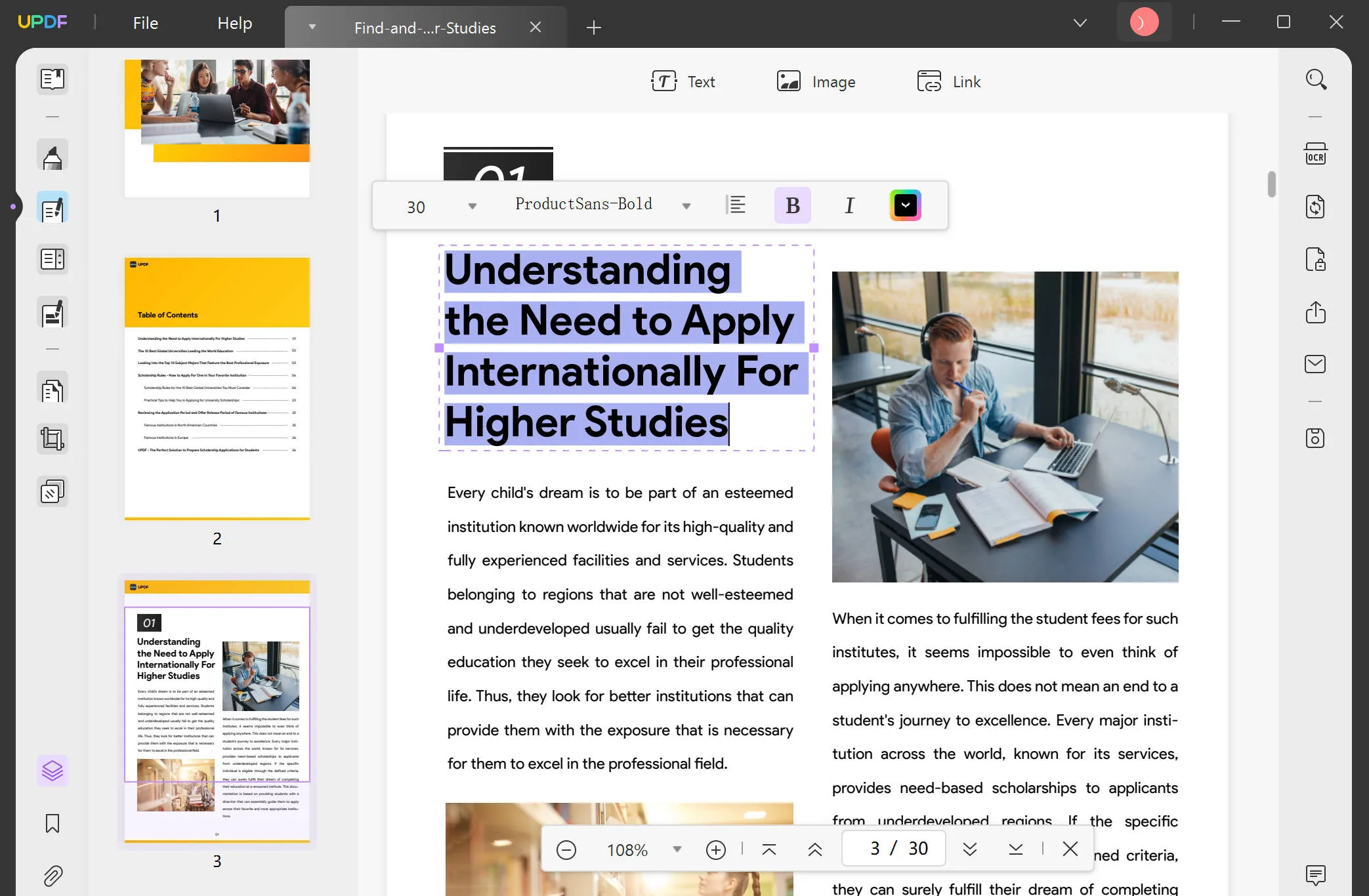
2. Edit Images:
- Select the "Image" edit tool from the toolbar.
- To add a new image, click on the area where you want to insert it and choose the image from your computer.
- Existing images can be resized, moved, or deleted. Simply click on the image to select it, then use the surrounding handles to adjust its size or drag it to a new location.
- Save Your Edits: Once you're satisfied with your edits, click the "Save" button to apply the changes to your PDF document.
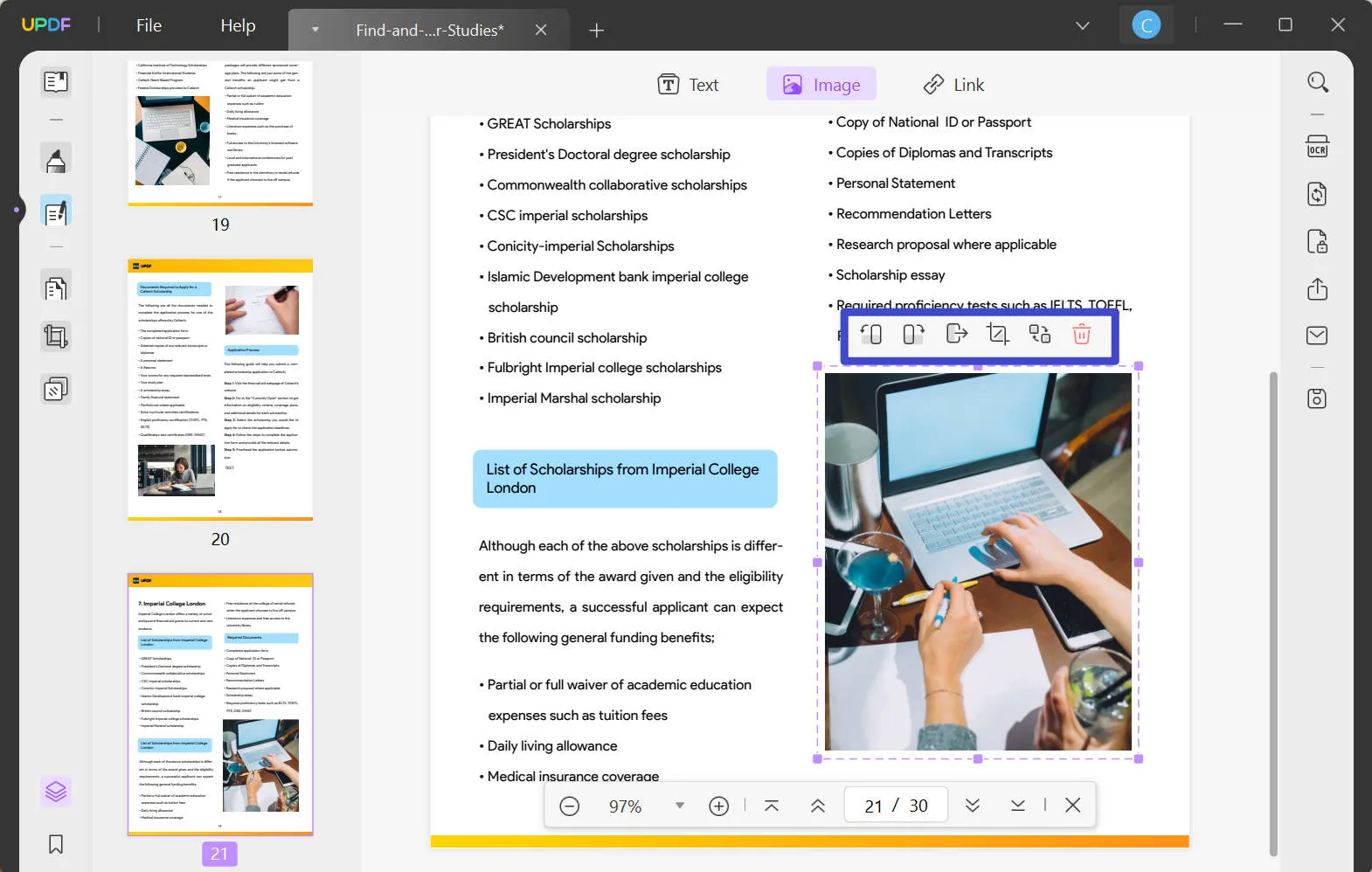
Part 3. FAQs About Opening PDF in Figma
Q1. How do I combine PDF files in Figma?
Combining PDF files directly in Figma isn't an option due to its design-centric functionality. Instead, UPDF offers a straightforward solution for merging multiple PDF documents into a single file. With UPDF, you can easily select and combine your PDFs through a simple, user-friendly interface, streamlining your document management process before moving to design stages in Figma.
Q2. How do I import a PDF into FigJam?
Importing a PDF into FigJam, a collaborative online whiteboarding tool by Figma, involves a few extra steps since FigJam primarily supports .fig (Figma file format) and image files. To incorporate PDF content, first convert the PDF into an image format (e.g., JPG or PNG) using a tool like UPDF. Then, you can upload these images directly into your FigJam board for collaborative brainstorming or presentation purposes.
Q3. What kind of files can Figma import?
Figma supports a variety of file types for import, making it a versatile tool for designers. These include image formats like JPG, PNG, SVG, and GIF, allowing for easy incorporation of visuals into designs. Additionally, Figma can import Figma design files (.fig) and also allows for the integration of fonts in various formats (e.g., TTF, OTF). However, for more complex file types like PDFs or DOCX, you might need to convert these into supported formats before importing.
Conclusion
As we conclude our exploration of integrating PDFs into Figma, the versatility and efficiency of UPDF as a preparatory tool cannot be overstated. Its ability to edit, merge, and convert PDFs ensures a smooth transition into Figma, enhancing your design process. Embrace UPDF to elevate your creative projects. Ready to streamline your workflow? Download UPDF now and unlock the full potential of your PDFs in Figma.
Windows • macOS • iOS • Android 100% secure
 UPDF
UPDF
 UPDF for Windows
UPDF for Windows UPDF for Mac
UPDF for Mac UPDF for iPhone/iPad
UPDF for iPhone/iPad UPDF for Android
UPDF for Android UPDF AI Online
UPDF AI Online UPDF Sign
UPDF Sign Read PDF
Read PDF Annotate PDF
Annotate PDF Edit PDF
Edit PDF Convert PDF
Convert PDF Create PDF
Create PDF Compress PDF
Compress PDF Organize PDF
Organize PDF Merge PDF
Merge PDF Split PDF
Split PDF Crop PDF
Crop PDF Delete PDF pages
Delete PDF pages Rotate PDF
Rotate PDF Sign PDF
Sign PDF PDF Form
PDF Form Compare PDFs
Compare PDFs Protect PDF
Protect PDF Print PDF
Print PDF Batch Process
Batch Process OCR
OCR UPDF Cloud
UPDF Cloud About UPDF AI
About UPDF AI UPDF AI Solutions
UPDF AI Solutions FAQ about UPDF AI
FAQ about UPDF AI Summarize PDF
Summarize PDF Translate PDF
Translate PDF Explain PDF
Explain PDF Chat with PDF
Chat with PDF Chat with image
Chat with image PDF to Mind Map
PDF to Mind Map Chat with AI
Chat with AI User Guide
User Guide Tech Spec
Tech Spec Updates
Updates FAQs
FAQs UPDF Tricks
UPDF Tricks Blog
Blog Newsroom
Newsroom UPDF Reviews
UPDF Reviews Download Center
Download Center Contact Us
Contact Us


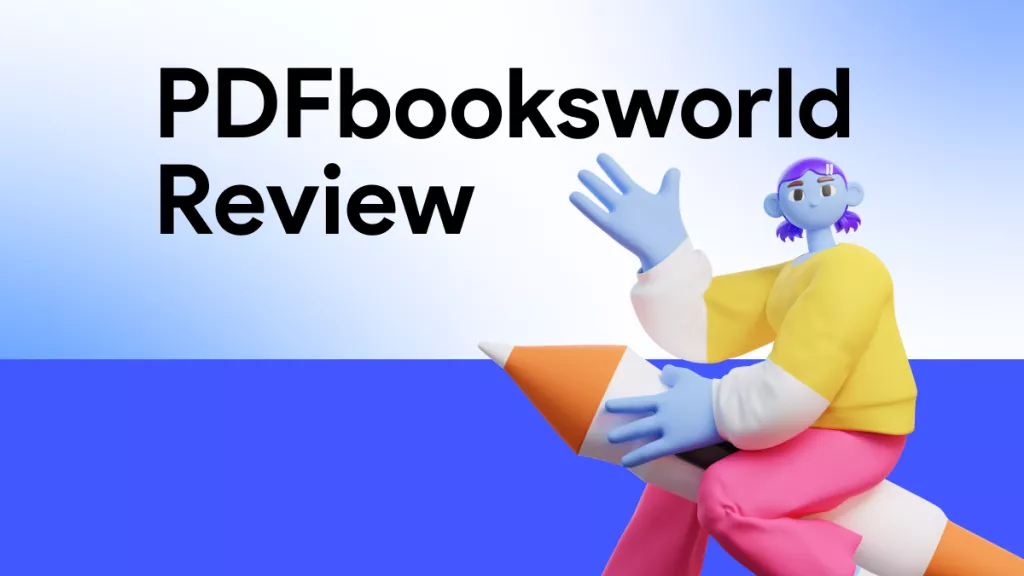
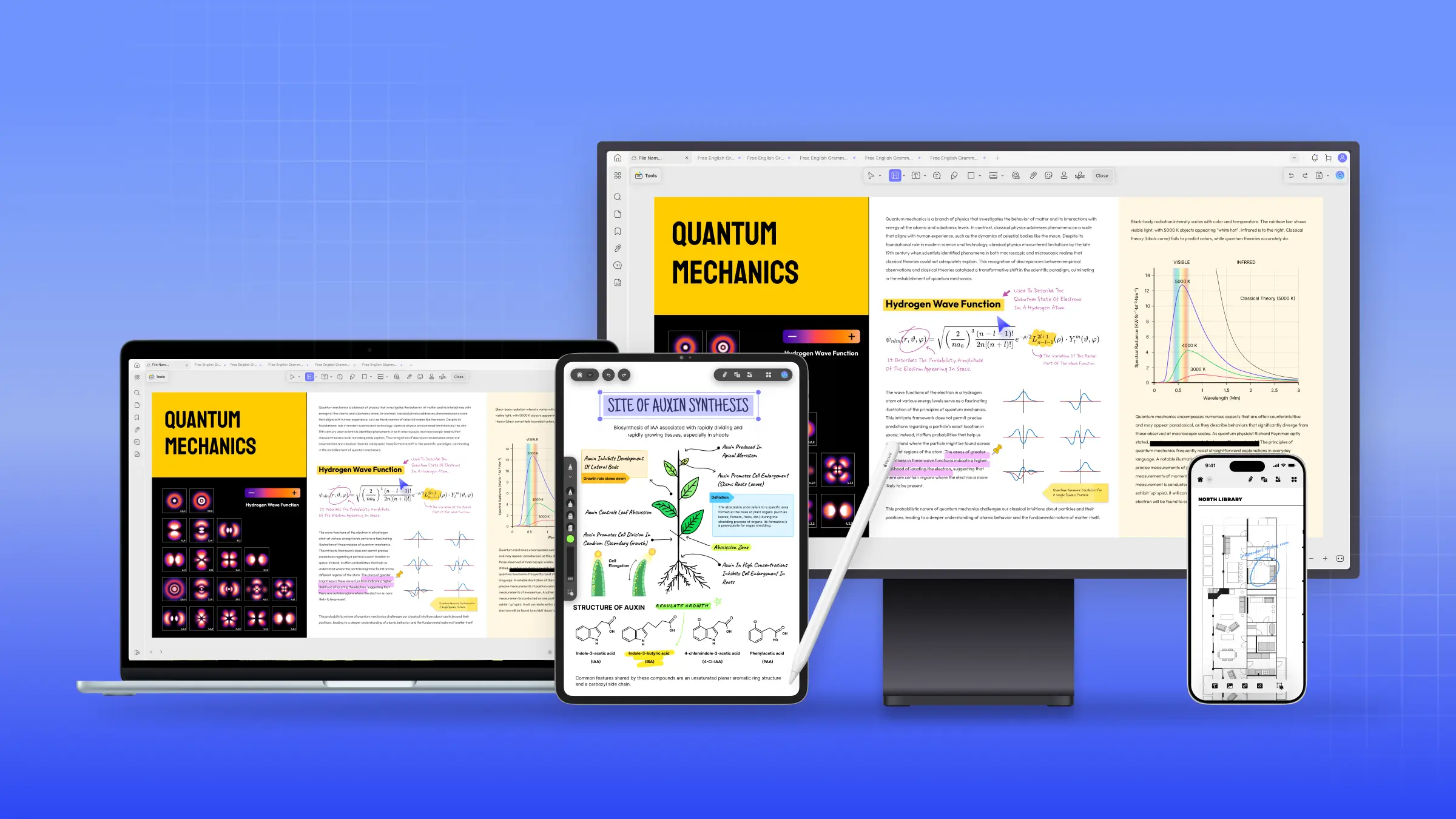



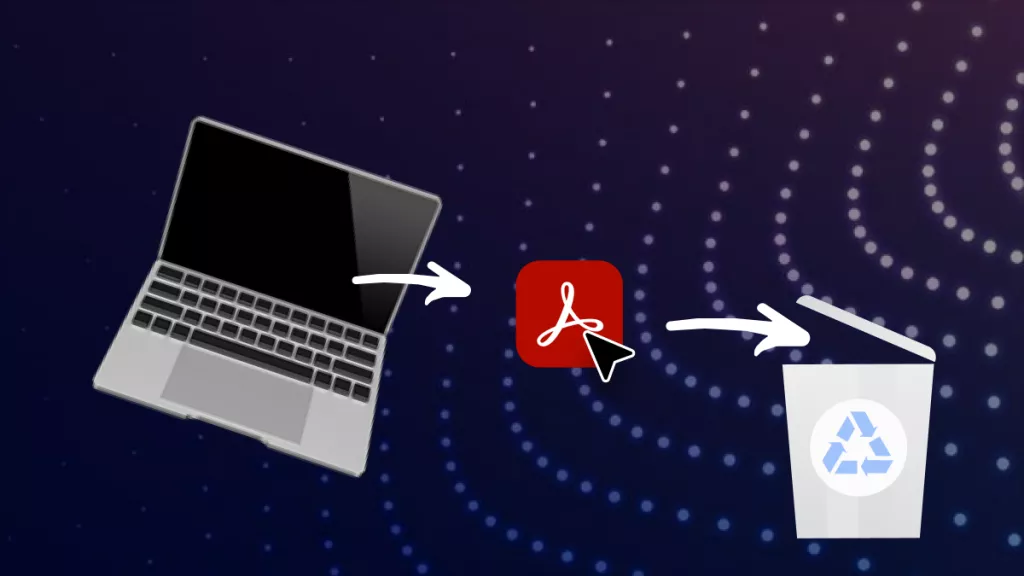

 Bertha Tate
Bertha Tate 
 Delia Meyer
Delia Meyer 
 Donnie Chavez
Donnie Chavez 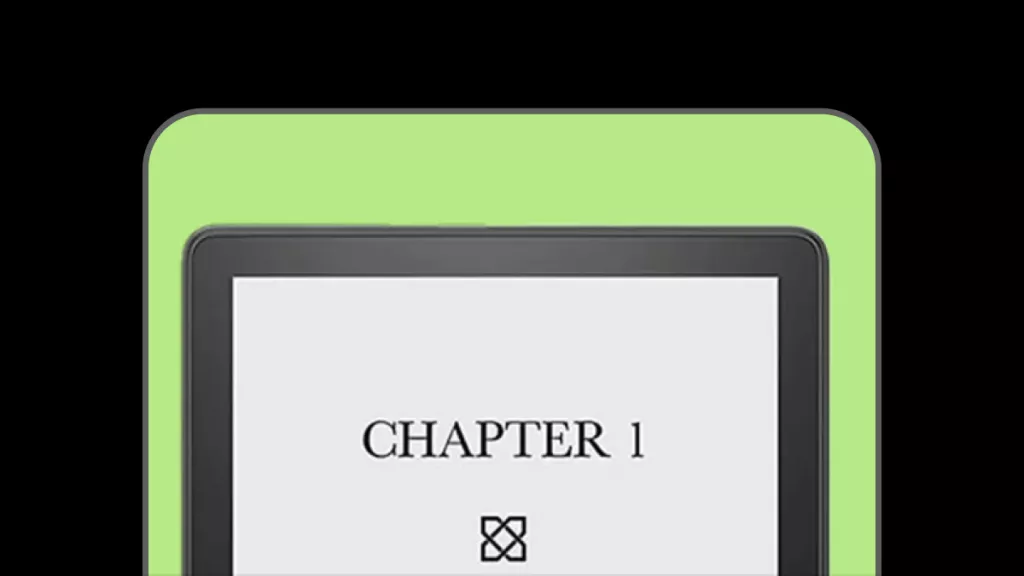
 Enid Brown
Enid Brown 